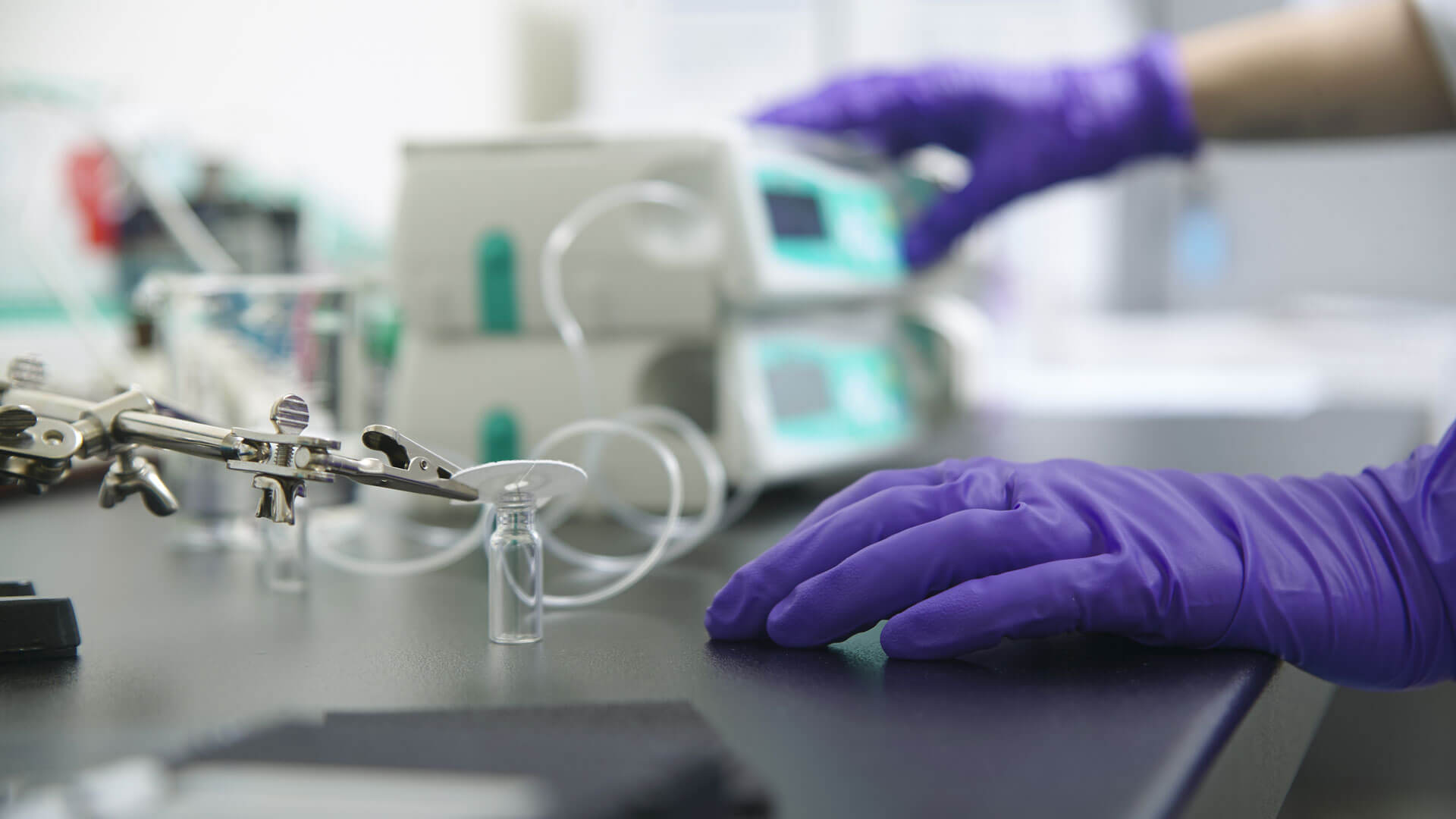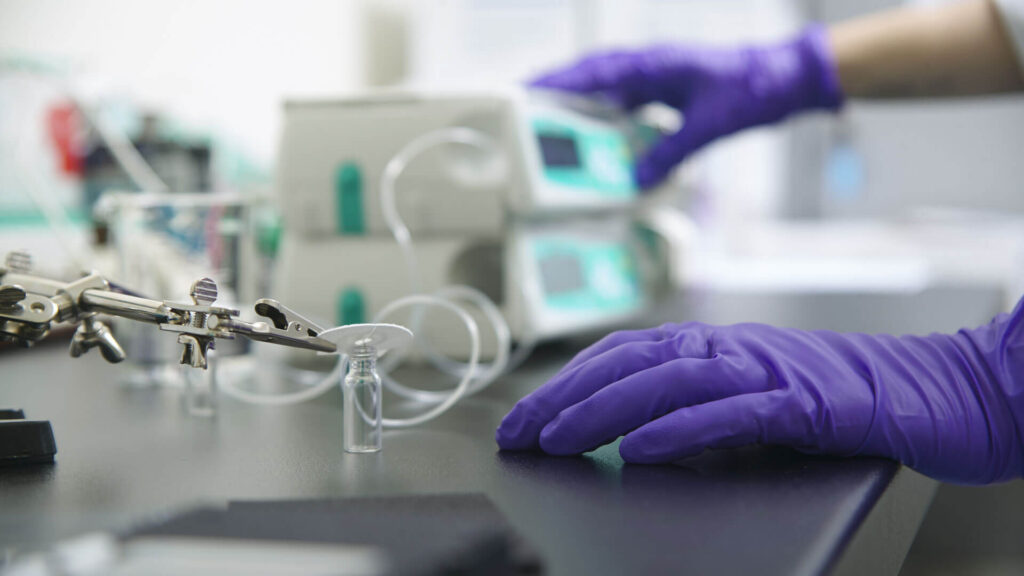Getting ISO 13485 Certified in Baltimore, Maryland (MD)
ISO 13485:2016 is designed to promote the harmonization and enforcement of regulatory standards for medical instruments and quality management systems. Medical Equipment is susceptible and very vulnerable to any fault that is a risk to overall health. The ISO 13485:2016 certification provides and enhances confidence and creates organizational reputation in the minds of consumers, executives, and partners.
Misunderstandings are common about the management regulation 13485 of the International Organization for Standardization ( ISO), and whether it applies to certain quality requirements, such as ISO 9001 or Existing Good Industrial Practice (cGMP). There are many global requirements and ISO Pros in Baltimore, Maryland (MD) knows what it takes to make ISO 13485 as clear to you in plain English.


A brief history
At all levels of the production cycle, careful adherence to quality assurance requirements is important for patient safety. The US introduced the Food, Drug, and Cosmetic Act in 1938, which was established in an effort to protect the public from unhealthy products. Such cGMPs are tested regularly, and the manufacturing and processing processes are designed to ensure products of high quality. ISO 9001, first issued in 1987, is different from cGMP and has been revised many times since. This is not based on the company itself but on corporate governance standards. It promotes product quality control by confronting the increasing problems businesses face at their heart and constantly pursuing change.
About a decade later ISO published ISO 13485, in 1996. Taking ISO 9001 as a standard, the basic structure includes standards for medical devices from around the globe, which relate to the materials and products included in a finished device. After its release, it has been revised many times, but the certification criteria stay the same. An organization must show effective execution and management of the approved programs, to apply for ISO 13485. A third-party assessor, like ISO Pros, assures compliance of the requirements and issues you with a certificate.
How ISO 9001 compares with ISO 13485
Although ISO 13485 draws from ISO 9001, there are many significant differences and extra standards including product-specific criteria and stricter requirements for reporting. ISO 13485 provides for the introduction of risk control at all stages of product development, staff preparation and monitoring, worksite requirements, and waste avoidance. The medical assessment needs to be carried out, in accordance with the statutory guidelines, as part of the design and development process. The cleanliness of the products and the avoidance of contamination must be taken into account, as must the testing and measuring status of the product.
The latest updates
Performance is vitally relevant to your business. That is why the ISO 13485 standard sets out the requirements needed for a particular quality management system for the medical devices industry. This model was updated in 2016 to allow adherence to European regulatory standards and improve compliance with developments in quality control, legislation and market relevance; This current edition takes into consideration the latest developments in QMS which demonstrate the technological advancement of medical devices as well as changes in regulatory standards and specifications.
Among the improvements introduced to the new edition of this standard, is to consider a stronger involvement by stakeholders ensuring drug protection and efficiency over the development cycle, harmonizing regulatory standards, and improving post-marketing regulation. The new version has a risk-based approach based on structured criteria. which often further reflects on rigorous outsourcing practices, with audits being carried out to assess your suppliers.

